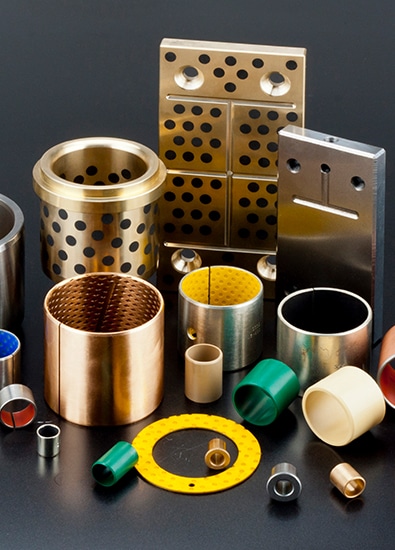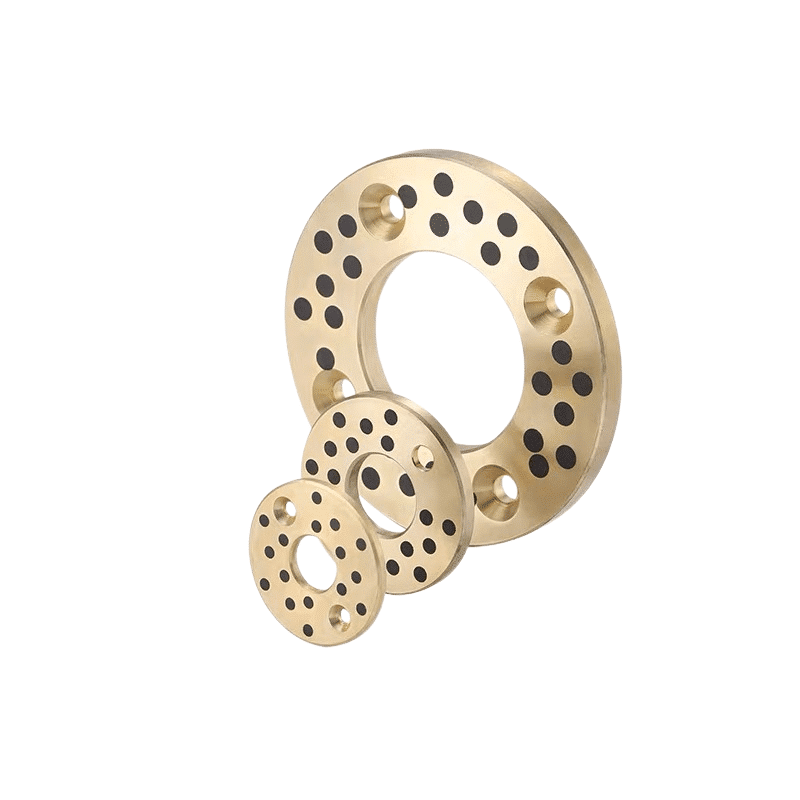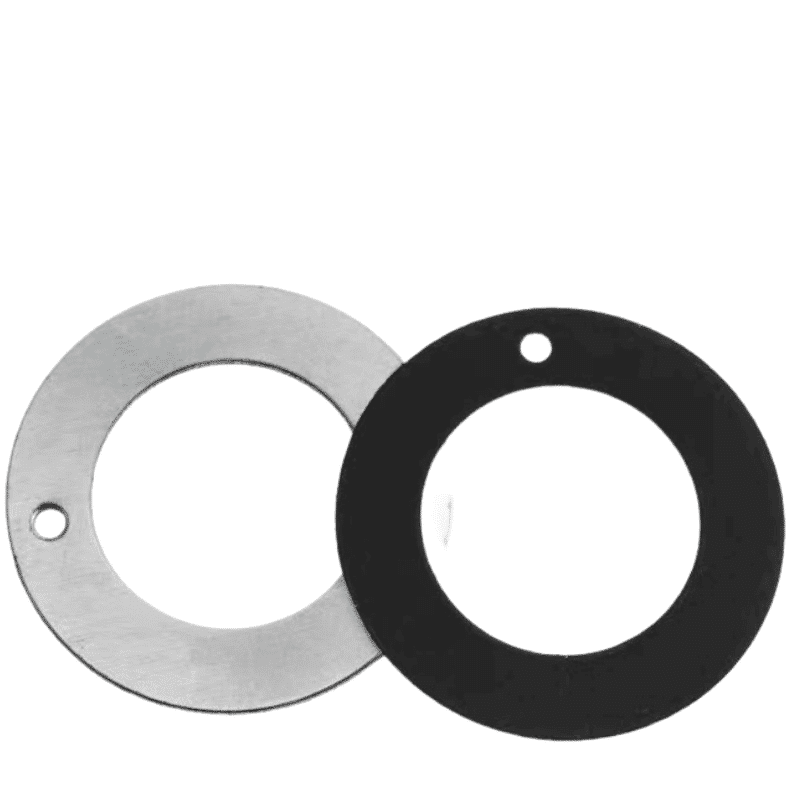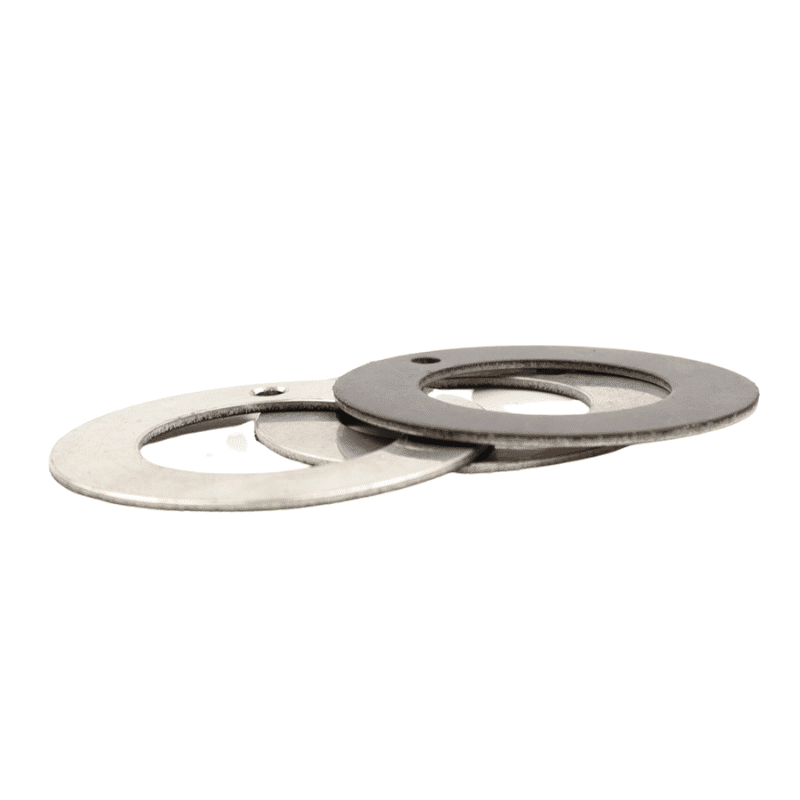axial vs radial
Bearings and Bushings for the Future: Precision and Customization: Our company, in bearing engineering with decades of experience, designs and develops high-precision self-lubricating bronze bearings & plain bushes. We offer a wide array of sliding bearings tailored to meet specific needs. Renowned for our expertise in custom bronze bushing and slide plate solutions, we provide an expansive selection of bushing metal alloys. Contact us today to benefit from unparalleled services at competitive prices.
axial vs radial
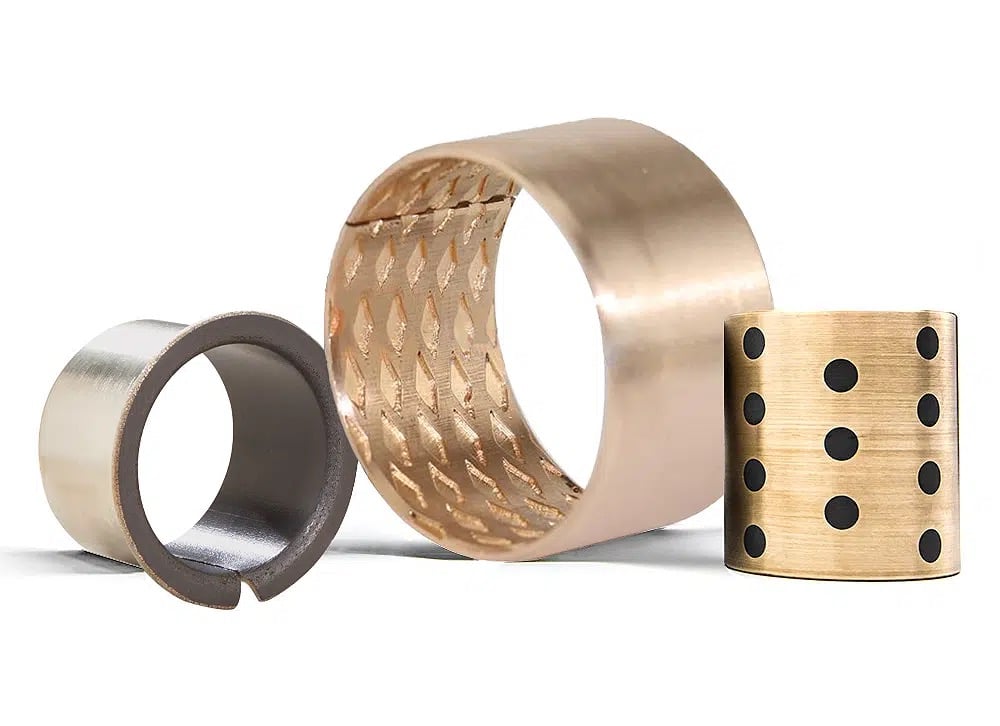
dry metal bronze bushing
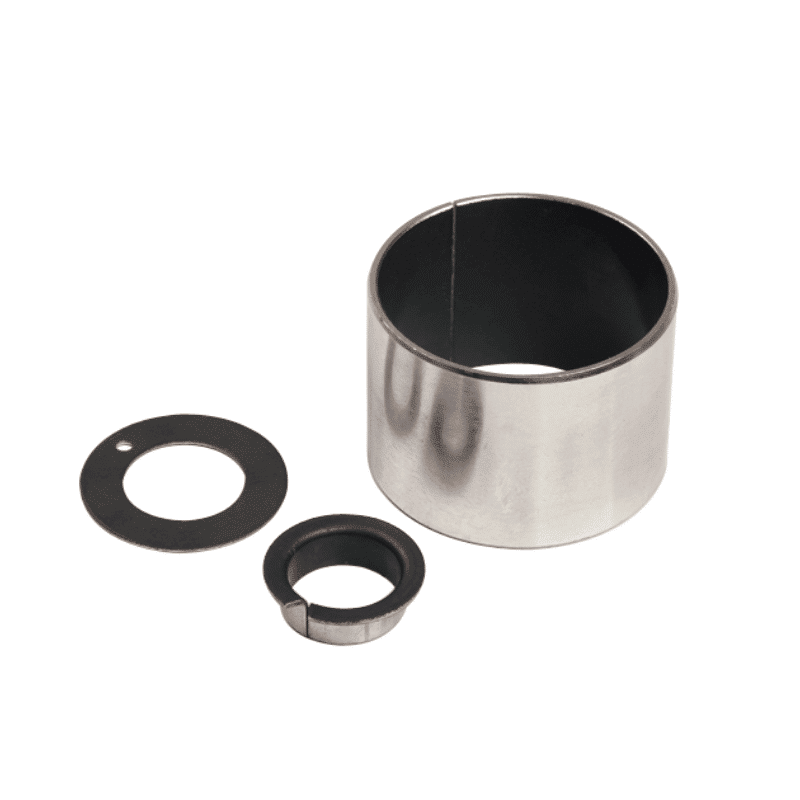
Plain Bearing thrust Washer
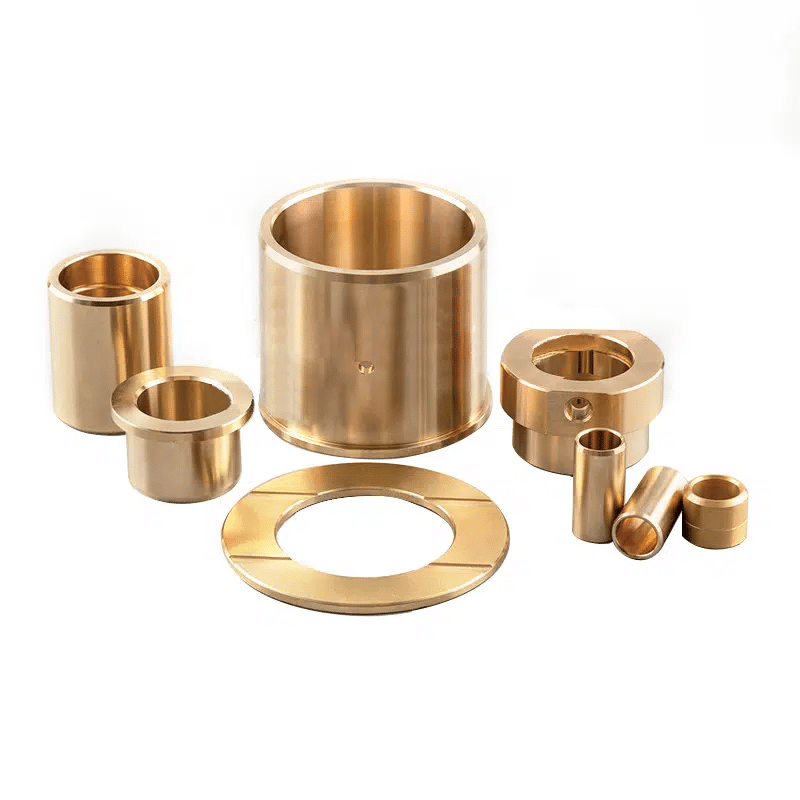
Cast Bronze thrust Bearing
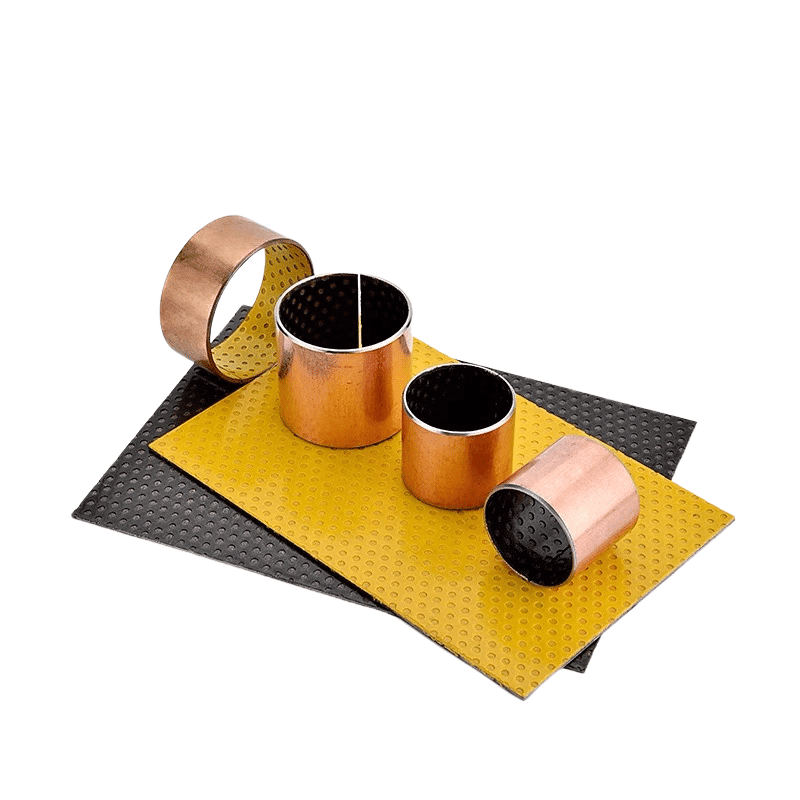
Composite Plain Bearing
Radial vs Axial Bearings: Key Differences, Applications, and Maintenance-Free Solutions
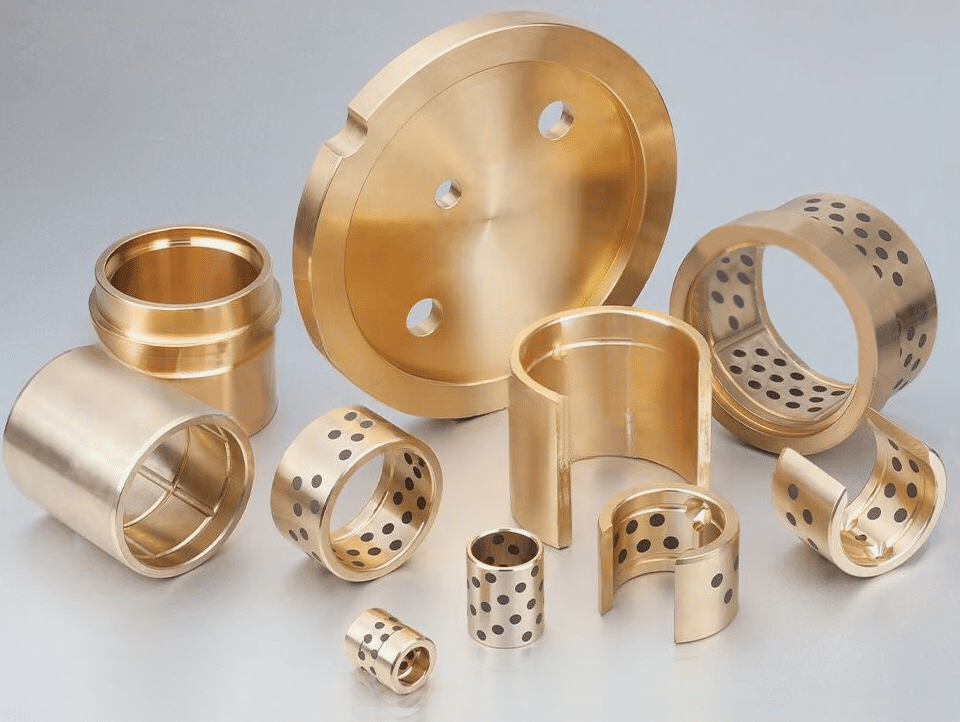
Discover the critical differences between radial and axial bearings, explore self-lubricating bushings, and learn how VIIPLUS delivers custom, high-performance solutions. Get a free quote today!
Choosing the right bearing is pivotal for optimizing machinery performance, reducing downtime, and cutting costs. In this guide, we demystify radial vs axial plain bearings, highlight the advantages of self-lubricating bushings, and showcase how VIIPLUS tailors solutions for industries worldwide.
Radial vs Axial Bearings: Comparison Table
| Factor | Radial Bearings | Axial Bearings |
|---|---|---|
| Load Direction | Perpendicular to shaft | Parallel to shaft |
| Common Types | Cylindrical bushings, journal bearings | Thrust washers, flanged bearings |
| Primary Materials | Bronze, PTFE, graphite | PTFE composites, fiber-reinforced metals |
| Applications | Motors, wheels, conveyor rollers | Turbines, gearboxes, helicopter rotors |
Radial Bearings
Radial Bearings:Designed to handle perpendicular loads (forces acting at 90° to the shaft). Common in motors, conveyor systems, and wheels.
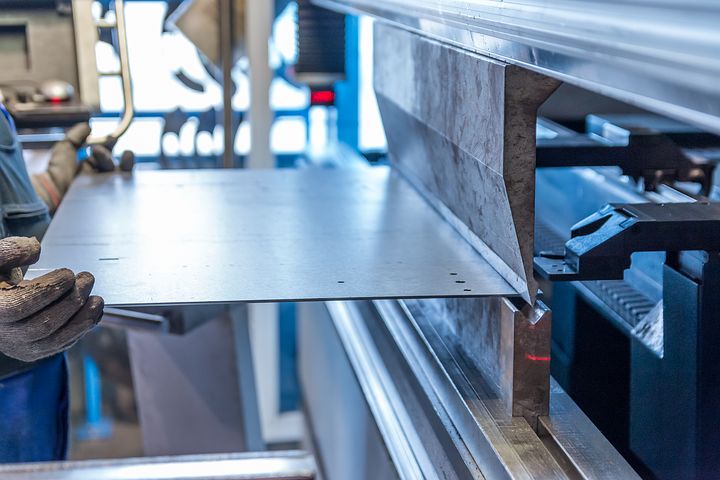
Axial (Thrust) Bearings
Axial (Thrust) Bearings: Engineered to manage parallel loads (forces along the shaft’s axis). Ideal for gearboxes, turbines, and clutch assemblies.
Key Difference:
Radial bearings focus on rotational stability.
Axial bearings prioritize thrust resistance.
Why Choose Self-Lubricating Solutions?
Axial vs radial, plain bearing and thrust washer
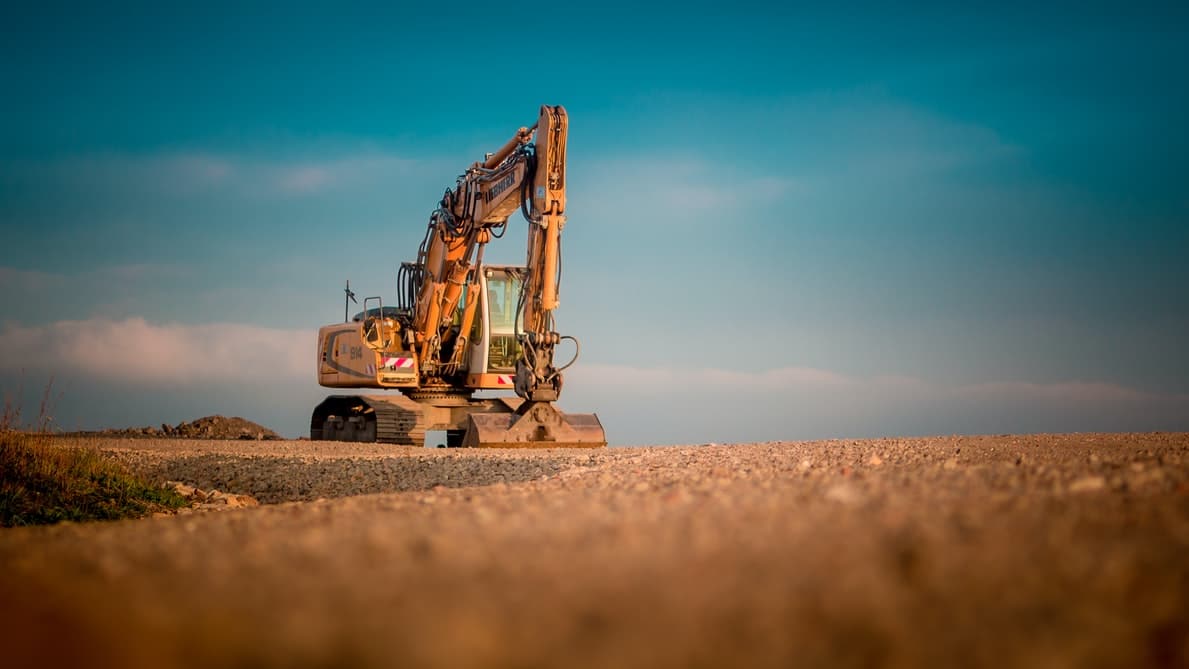
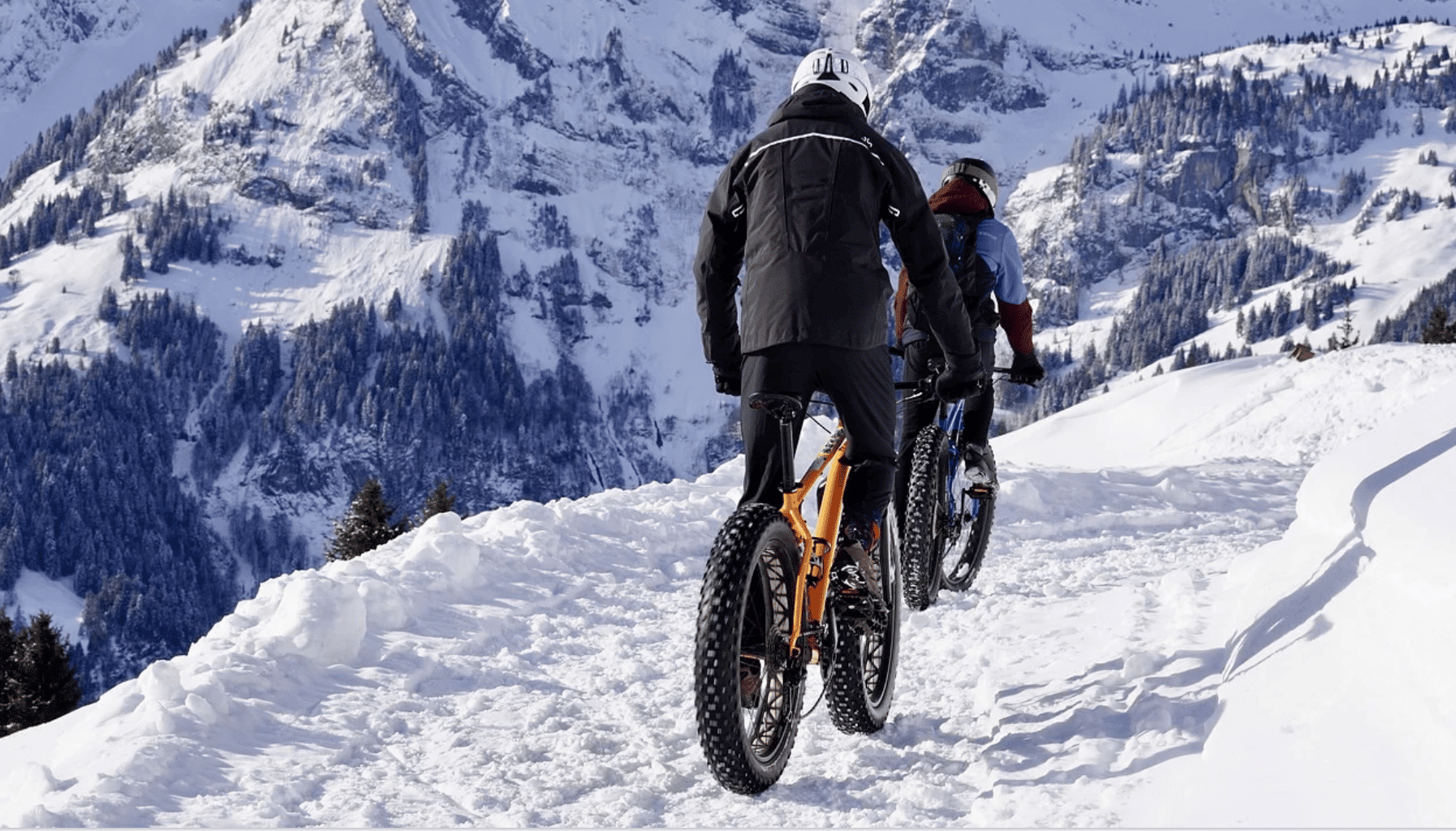
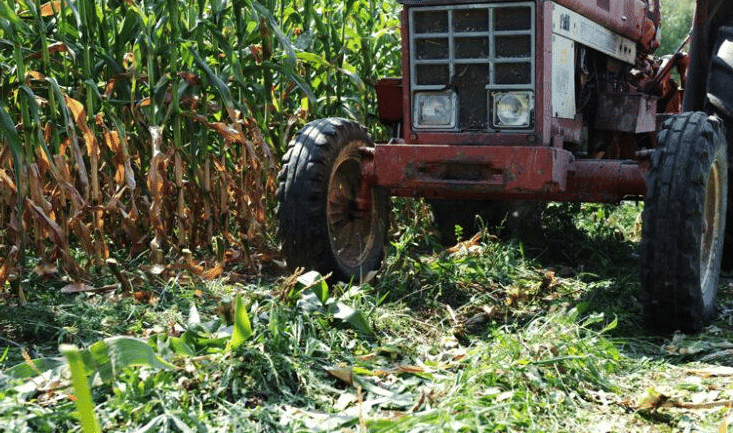
VIIPLUS Innovations, Bushings & Plain Bearings – Types of Bushings, Self-lubricating Plain Bearing Bushing – Extreme Stable and Durable
- Graphite Bushings: Handle extreme temperatures (up to 400°C) and heavy radial loads.
- PTFE Thrust Washers: Ideal for corrosive settings and high axial loads.
-
Zero Maintenance: Embedded lubricants (oil, PTFE, graphite) eliminate greasing.
- Durability: Excel in harsh environments (high temps, contaminants).
- Cost Efficiency: Reduce downtime and operational costs.
Zero Maintenance: Embedded lubricants (oil, PTFE, graphite) eliminate greasing.
Axial vs Radial Self-Lubricating Bearings – Load Handling, Applications & Solutions
Your Guide to Choosing the Right Bearing for Axial or Radial Loads
Title: Axial vs Radial Loads in Self-Lubricating Bushings: Key Differences & Expert Insights
Meta Description: Confused about axial vs radial loads? Learn how self-lubricating plain bearings handle thrust and rotational forces, and discover tailored solutions for your machinery.
Introduction
Self-lubricating plain bushings are revolutionizing industries by reducing friction, eliminating maintenance, and extending machinery lifespan. But their performance hinges on one critical factor: load direction. Understanding the difference between axial (thrust) loads and radial loads is key to selecting the right bearing. In this guide, we break down load types, material advantages, and optimal applications for self-lubricating bushings.
Axial vs Radial Loads: Core Differences
| Factor | Axial Load | Radial Load |
|---|---|---|
| Direction | Parallel to the shaft’s axis | Perpendicular to the shaft’s axis |
| Common Applications | Gearboxes, turbines, clutches | Motors, conveyor rollers, wheels |
| Primary Bearing Type | Thrust washers, axial bushings | Cylindrical/journal bushings |
| Key Challenge | Managing thrust pressure | Resisting rotational wear |
Self-Lubricating Bushings: The Maintenance-Free Advantage
Self-lubricating bushings use embedded materials like PTFE, graphite, or bronze to reduce friction without external grease. Key benefits:
- Zero Maintenance: Ideal for hard-to-reach or contamination-sensitive environments.
- Extended Lifespan: Lubricants release gradually under friction, minimizing wear.
- Versatility: Suitable for extreme temperatures, corrosive settings, and heavy loads.
Axial vs Radial Load Handling in Self-Lubricating Bushings
1. Axial (Thrust) Load Solutions
- Thrust Washers: Flat discs designed to distribute axial force evenly.
- Materials: PTFE composites, fiber-reinforced metals, or graphite.
- Applications: Turbine engines, helicopter rotors, automotive transmissions.
- Flanged Bushings: Combine radial support with axial load capacity.
VIIPLUS Innovation:
- PTFE-Lined Thrust Washers: Handle high axial loads (up to 50 MPa) with chemical resistance.
- Graphite-Reinforced Washers: Excel in extreme heat (400°C+) and heavy thrust.
2. Radial Load Solutions
- Cylindrical Bushings: Designed for rotational stability under radial stress.
- Materials: Oil-embedded bronze, sintered iron, or polymer composites.
- Applications: Conveyor systems, hydraulic cylinders, electric motors.
- Journal Bearings: Support rotating shafts with minimal friction.
VIIPLUS Innovation:
- Self-Lubricating Bronze Bushings: Sustain radial loads up to 100 MPa with embedded oil reservoirs.
- PTFE-Coated Steel Bushings: Reduce noise in high-speed radial applications.
Material Comparison for Axial vs Radial Loads
| Material | Best For | Axial Load Capacity | Radial Load Capacity |
|---|---|---|---|
| PTFE Composites | Corrosive environments | High | Moderate |
| Graphite | Extreme temperatures | Moderate-High | Low-Moderate |
| Oil-Embedded Bronze | Industrial machinery | Low | High |
| Fiber-Reinforced POM | Light axial + radial | Moderate | Moderate |
When to Use Thrust Washers vs Radial Bushings
- Pure Axial Load:
- Use PTFE thrust washers or flanged bearings.
- Avoid overloading radial bushings with thrust forces.
- Pure Radial Load:
- Opt for cylindrical bronze bushings or polymer-lined sleeves.
- Combined Loads:
- Hybrid solutions like angular contact bearings or metal-polymer flange bushings.
Applications Spotlight
- Food Processing: PTFE thrust washers prevent lubricant contamination.
- Aerospace: Graphite bushings handle extreme heat in turbine thrust systems.
- Agriculture: Oil-embedded bronze bushings endure radial stress in heavy machinery.
Why Choose VIIPLUS Self-Lubricating Solutions?
- Custom Designs: Tailored dimensions, materials, and load ratings.
- Fast Delivery: Streamlined production for urgent needs.
- Global Standards: Metric and imperial sizes, compliant with ISO/SAE specs.
FAQ
Q: Can radial bushings handle axial loads?
A: Limited capacity. Always pair with thrust washers for heavy axial forces.
Q: What’s the lifespan of self-lubricating bushings?
A: Up to 10x longer than traditional bearings, depending on load and environment.
Conclusion
Self-lubricating plain bushings excel in radial load applications, while thrust washers dominate axial load management. For hybrid challenges, VIIPLUS offers engineered solutions like PTFE-lined flanged bearings or graphite-reinforced hybrids. Prioritize load direction, environment, and material properties to unlock maintenance-free performance.
Keywords: Axial vs radial bearings, self-lubricating thrust washers, PTFE bushings, maintenance-free bearings, VIIPLUS solutions.
Boost Your Machinery’s Efficiency – Request a Free Quote Today! 🛠️
VIIPLUS: Precision bearings engineered for durability, efficiency, and your success. 🔩
Axial vs Radial Self-Lubricating Bearings: A Comparative Guide
In the world of mechanical engineering, bearings play a critical role in facilitating smooth and efficient movement within machinery. Self-lubricating bearings, which operate without the need for external lubrication, are particularly valuable in applications where maintenance access is difficult or where consistent lubrication is hard to maintain. These bearings incorporate advanced materials, such as PTFE (polytetrafluoroethylene) or high-performance composites, to ensure low friction and high wear resistance.
Understanding the distinctions between axial and radial self-lubricating bearings is crucial for selecting the right type for specific applications. Here, we explore these differences and how they influence bearing selection and performance.
Load Direction
- Radial Bearings: Designed to accommodate loads that are perpendicular to the shaft axis, radial bearings are adept at supporting forces that attempt to push or pull the bearing sideways. This makes them ideal for handling radial loads in various machinery.
- Axial Bearings (Thrust Bearings): Axial bearings are specialized for handling loads that run parallel to the shaft axis. They are designed to manage the linear forces exerted in the axial direction.
Applications
- Radial Self-Lubricating Bearings: Commonly found in electric motors, fans, pumps, and conveyor systems, radial bearings cater to a wide range of industrial applications requiring robust radial support.
- Axial Self-Lubricating Bearings: These bearings are particularly suited for scenarios where there are high axial loads combined with low surface speeds, such as in large industrial fans and automotive applications.
Design and Construction
- Radial Bearings: Typically cylindrical, these bearings have an inner surface lined with self-lubricating material, which facilitates a smooth rotation and minimizes wear under radial loads.
- Axial Bearings: Axial bearings are structured to withstand linear forces along the axis, often crafted with flat races to accommodate thrust loads effectively.
Load Capacity and Performance
- Radial Bearings: Optimized for even distribution of force across the bearing’s inner and outer rings, radial bearings are engineered to support substantial radial loads while ensuring longevity and reliability.
- Axial Bearings: These bearings are particularly robust against axial forces, making them capable of handling significant thrust loads without compromising performance.
Key Selection Considerations
When choosing between axial and radial self-lubricating bearings, engineers must evaluate several critical factors:
- Primary Load Direction: Determine whether the primary load is radial, axial, or a combination of both.
- Operating Speed Requirements: Assess the operational speed, as different bearings perform better under specific speed conditions.
- Temperature Range: Consider the operating temperature range, as it can significantly affect bearing material and performance.
- Space Constraints: Evaluate the available space to ensure the bearing fits within the mechanical assembly.
- Specific Application Needs: Tailor the bearing choice to the specific requirements of the application to optimize functionality and durability.
By meticulously analyzing these factors, engineers and designers can select the most suitable self-lubricating bearing type for their particular needs. This not only ensures optimal performance and longevity but also significantly reduces maintenance demands, enhancing overall operational efficiency.
Applications & Industry Solutions
- Radial Bearings:
- Conveyor systems (cylindrical bushings).
- Automotive suspensions (oil-embedded bronze).
- Axial Bearings:
- Turbines (graphite thrust washers).
- Food processing (PTFE-lined washers to avoid contamination).
Hybrid Solutions:
- Angular Contact Bearings: Manage combined radial/axial loads in pumps and robotics.
- Metal-Polymer Flange Bearings: Support high radial loads with minor axial forces.
VIIPLUS Custom Bearing Solutions
- Tailored Designs: Collaborate with our engineers for bespoke dimensions and load ratings.
- Fast Delivery: Streamlined production ensures quick turnaround.
- Specialized Options:
- Custom Thrust Washers: PTFE, POM, or fiber-reinforced materials.
- Metric/Imperial Sizes: Hardened steel bushings for global standards.
Benefits of VIIPLUS Bearings
✅ Low Friction: Self-lubricating materials ensure smooth operation.
✅ Space Efficiency: Compact designs fit tight machinery spaces.
✅ Versatility: Ideal for food, pharma, and heavy industry.
✅ Cost Savings: Reduce installation complexity and lifecycle costs.
FAQ
Q: Can one bearing handle both radial and axial loads?
A: Yes! Angular contact bearings and VIIPLUS hybrid flange bearings are engineered for combined loads.
Q: What makes self-lubricating bearings maintenance-free?
A: Embedded solid lubricants (e.g., graphite, PTFE) release gradually under friction, eliminating external greasing.
Conclusion
Understanding radial vs axial bearings ensures optimal load management and longevity. For industries demanding reliability, VIIPLUS delivers cutting-edge, self-lubricating solutions—whether for radial, axial, or hybrid applications.
Keywords: Radial vs axial bearings, thrust washers, self-lubricating bushings, maintenance-free bearings, VIIPLUS solutions.
Ready to Upgrade Your Machinery?
📞 Contact VIIPLUS today for a free quote on custom bearings tailored to your needs! 🛠️
Boost efficiency, cut costs, and embrace maintenance-free performance with VIIPLUS – where innovation meets industrial excellence.
Radial vs. Axial Plain Bearings: A Comprehensive Guide
In the vast domain of machinery and mechanical systems, bearings play a pivotal role, ensuring smooth motion and reduced friction. Among the many types of bearings available, radial and axial plain bearings are often discussed due to their specific applications and benefits. In this guide, we’ll delve into the distinctions between these two and the importance of sourcing them from a reputable supplier.
1. What are Radial and Axial Plain Bearings?
Plain bearings, also known as bushings, are simple mechanisms that support motion and reduce friction between moving parts without rolling elements.
- Radial Plain Bearings: These are designed primarily to support forces or loads perpendicular to the shaft’s axis. Essentially, the load is applied radially with respect to the bearing. Common applications include supporting rotating shafts in motors or gearboxes.
- Axial Plain Bearings: Also known as thrust bearings, axial plain bearings are designed to support forces or loads along the shaft’s axis. In other words, the load is applied axially. They are typically used in applications where there’s a need to control axial play, like in screw-driven actuators.
2. Key Differences Between Radial and Axial Plain Bearings:
- Direction of Load: The most fundamental difference is the direction in which they can carry the load. Radial bearings handle loads that are perpendicular to the shaft, while axial bearings manage loads parallel to the shaft.
- Design and Shape: Radial bearings are usually cylindrical, allowing them to handle radial loads from all directions. In contrast, axial bearings are generally flat and are designed to handle thrust in one direction.
- Applications: While both types of bearings can be found in various machinery, radial bearings are more common in rotary applications where the primary load is perpendicular to the shaft, such as electric motors. Axial bearings, on the other hand, are prevalent in applications like vertical pumps where the primary concern is the axial thrust.
3. Maintenance-free Plain Bearings Supplier:
While traditional bearings require periodic lubrication to function efficiently, maintenance-free plain bearings are designed to operate without additional lubrication. This not only reduces maintenance efforts but also extends the bearing’s lifespan. When sourcing these bearings:
- Efficient Production & Fast Delivery: Partnering with a supplier that guarantees efficient production processes ensures that you get high-quality bearings on time. Fast delivery means reduced downtime in industrial applications, translating to increased productivity.
- Reputation Matters: Always source from a reputable supplier. A track record of reliability and quality assurance ensures that the bearings will stand up to the demands of their intended application.
4. Conclusion:
Understanding the differences between radial and axial plain bearings is crucial for anyone involved in machinery design or maintenance. By choosing the right type of bearing and sourcing them from a trustworthy, efficient supplier, you ensure the longevity and efficiency of your mechanical systems.
Note: For specific applications, always consult with industry experts or bearing suppliers to ensure the optimal selection.
Radial-Axial Plain Bearing Bushing: An Overview
In the intricate world of mechanical engineering, bearings form the linchpin of countless systems. Among them, the radial-axial plain bearing bushing stands out for its multifaceted capabilities, accommodating both rotational and axial loads. Let’s dive deep into this unique bearing.
1. Understanding the Radial-Axial Plain Bearing Bushing:
The radial-axial plain bearing bushing is a cylindrical metal sleeve, typically lined with a friction-reducing material like graphite or PTFE (polytetrafluoroethylene). This design enables it to support both radial (perpendicular to the axis of rotation) and axial (parallel to the axis of rotation) loads without the involved parts physically contacting one another.
2. Key Features:
- Versatility: Suitable for applications with high loads, speeds, or temperatures.
- Durability: Known for its long lifespan and robustness.
- Maintenance-Free: Requires minimal upkeep, ensuring operational efficiency.
3. Applications Across Industries:
From the automotive to aerospace and marine sectors, these bearings find utility wherever there’s a need to accommodate both radial and axial loads. Their adaptability and resilience make them a preferred choice in diverse industrial applications.
4. Radial vs. Axial Bearing:
- Axial Bearings (Thrust Bearings): Specifically designed to handle axial loads, they ensure the force runs parallel to the shaft’s rotation axis. Notably, some ceramic bearings, a variant of radial bearings, cater to high rotational speeds due to their lightweight ceramic rolling elements.
- Radial Bearings: These are tailored to manage loads acting at right angles to the shaft.
5. Radial Axial Dry Slide Bearing Bushing:
This self-lubricating or maintenance-free variant doesn’t demand traditional lubrication. Employing solid lubricants like PTFE or graphite, it offers friction reduction and wear resistance, making it ideal for sectors like food processing or pharmaceuticals where lubricant contamination is unacceptable.
6. Comprehensive Catalogue on Maintenance-Free Plain Bearings:
For those seeking detailed insights, our catalogue delves deep into the world of maintenance-free plain bearings. Pioneering materials, including PTFE, graphite, and metal-polymer composites, are highlighted, offering bearings with minimal friction and extended life cycles.
Our bearings, especially the Metal-Polymer Flanged Bearings, are ideal for high radial loads with potential light axial loads. For heavier axial demands, our specialized thrust bearings come into play.
For further insights, our sliding bushing catalog provides a broader perspective on the diverse range of bearings on offer.
7. Conclusion:
The radial-axial plain bearing bushing is more than just a mechanical component; it’s a marvel of engineering, designed to offer efficiency, durability, and versatility across myriad applications. Whether you’re in aerospace, automotive, or any sector in between, these bearings might be the perfect fit for your needs.
Note: For specialized applications, always consult with bearing experts or manufacturers to ensure optimal performance and longevity.
Radial vs. Axial Plain Thrust Bearings: A Comprehensive Overview
Bearings, a crucial component in numerous mechanical systems, come in various forms to cater to different load requirements. When it comes to managing axial loads, thrust bearings, whether ball or roller types, are the go-to choice. Let’s dive deep into understanding the nuances of these bearings.
1. Thrust Ball Bearings:
- Definition: Thrust ball bearings are separable bearings. This means that components like the shaft washer, seat washer, cage, and steel balls can be disassembled from each other.
- Functionality: These bearings are exclusively designed to handle axial loads. While one-way thrust ball bearings manage axial load in one direction, two-way thrust ball bearings can bear axial loads in both directions.
- Limitations: They cannot restrict the radial displacement of the shaft, and their speed limit is considerably low. However, they can limit axial displacement in either one or both directions, depending on whether they’re one-way or two-way.
2. Thrust Roller Bearings:
- Definition: Thrust roller bearings are designed to bear combined axial and radial loads, but the radial load should not exceed 55% of the axial load.
- Advantages: These bearings offer a lower friction factor, higher speeds, and self-aligning capabilities. The 29000 type bearings, in particular, come with asymmetric spherical rollers that minimize relative sliding during operation. This design, combined with the large diameter and number of rollers, ensures a high load capacity. Typically, these bearings employ oil lubrication, but in some low-speed scenarios, grease lubrication might be used.
- Types: The 80000 type thrust cylindrical roller bearing and the 90000 type thrust tapered roller bearing can bear one-way axial load and have a higher load capacity than thrust ball bearings. The AXK type thrust needle roller bearing can also bear one-way axial load.
3. Thrust Needle Roller Bearings:
- Definition: These can be viewed as special thrust cylindrical roller bearings with a high aspect ratio – the ratio of roller length to diameter is significantly more than 2.
- Functionality: Due to their design, the load capacity of thrust needle roller bearings is considerably smaller than that of cylindrical roller bearings of a similar thrust diameter. They operate best in low to medium-speed ranges.
- Composition: These bearings can either be complete bearing assemblies with thrust washers and roller cage assemblies or just needle roller and cage assemblies. The needle rollers in these bearings are hardened and precision-ground for optimal load distribution. If certain requirements aren’t met, thrust washers are strongly recommended.
4. Conclusion:
Understanding the intricacies of thrust bearings, whether ball or roller types, is paramount for anyone involved in machinery design or maintenance. The choice between radial and axial bearings hinges on the nature of the load (whether it’s perpendicular or parallel to the axis of rotation). By selecting the right type of bearing for a given application, one can ensure the longevity and efficiency of mechanical systems.
Note: For specific applications, always consult with bearing experts or manufacturers to ensure optimal performance and longevity.
Axial Load vs. Radial Load in Self-lubricating Plain Bushings: An Insight
Bearings are pivotal to countless mechanical systems, ensuring seamless operation and reduced friction. Self-lubricating plain bushings have become increasingly popular due to their inherent advantages, such as reduced maintenance and prolonged lifespan. An essential aspect of their application is understanding the type of load they’re subjected to – axial or radial. Let’s delve into the nuances of these loads in the context of self-lubricating plain bushings.
1. Understanding the Loads:
- Axial Load: This is the force applied parallel to the axis of rotation. In simpler terms, if you imagine a rotating shaft, an axial load would push or pull along the shaft’s length. For bearings, this is often referred to as a ‘thrust load.’
- Radial Load: This force acts perpendicular to the axis of rotation. Using the same rotating shaft example, a radial load would act from the side, pushing against the shaft.
2. Self-lubricating Plain Bushings:
These are bearings that have the ability to lubricate themselves throughout their operation life. They typically incorporate materials like PTFE (polytetrafluoroethylene), graphite, or other lubricating materials embedded within the bearing’s structure. This self-lubrication feature ensures a reduction in friction and wear without the need for external lubricants.
3. Load Handling in Self-lubricating Plain Bushings:
- Axial Load Handling: While plain bushings can handle axial loads, they are not specifically designed for this purpose. If the primary load is axial, it’s advisable to use thrust washers in conjunction with the bushing to better distribute the load.
- Radial Load Handling: This is where self-lubricating plain bushings truly shine. They are primarily designed to manage radial loads. Their structure and self-lubricating feature ensure that they can effectively reduce friction and wear when subjected to forces acting perpendicular to the axis of rotation.
4. Advantages of Self-lubricating Bushings:
- Maintenance-Free: One of the primary benefits is the reduced need for maintenance. The inherent self-lubricating properties eliminate the need for periodic lubrication.
- Durability: The self-lubrication reduces wear, prolonging the bearing’s life.
- Versatility: They can be employed in various applications, especially where traditional lubrication methods might be challenging or undesirable.
5. Conclusion:
While self-lubricating plain bushings are versatile and offer numerous benefits, understanding the type of load – axial or radial – they will be subjected to is crucial. This ensures that the bushing is used in applications where it can offer optimal performance and longevity.
Note: For specific applications, consulting with bearing experts or manufacturers is essential to ensure the right selection and maximize bearing lifespan.
Material Guide: Selecting the Right Bearing,Thrust Washer Bearing – Custom Size Options
Maintenance-free plain bearings supplier, Efficient Production & Fast Delivery
| Material | Best For | Key Benefits |
|---|---|---|
| Bronze Bushings | High radial loads, industrial gear | Self-lubricating, high wear resistance |
| PTFE Composites | Axial loads, chemical exposure | Low friction, corrosion-proof |
| Fiber-Reinforced Metals | Heavy thrust applications | Combines strength with lightweight |
| Graphite | Extreme heat, radial/axial hybrids | Thermal stability, maintenance-free |

Solutions For Every Industry
Searching for Dependable Bushing Solutions? viiplus Has What You Need.

Design Guides, Materials
Bushing design, Comprehensive design manuals covering a range of self-lubricating materials used in all of viiplus’s manufacturing processes.

Technical Guides
Manufacturing On Demand, Technical Guides For Machining Design. Discover the latest in metal alloys, materials, and design tips for manufacturing custom machined and self-lubricating bearing parts.

Get Instant Quote
To receive your instant quote, simply upload your drawing file and choose your production process & bushing material.

Prototyping, Place Order
After you place your order, we will start the production process. You will receive updates when your order has completed production and is ready to be dispatched.

Receive Your custom Parts
We provide precision-inspected high-quality parts, packing lists and documents, and delivery tracking.


